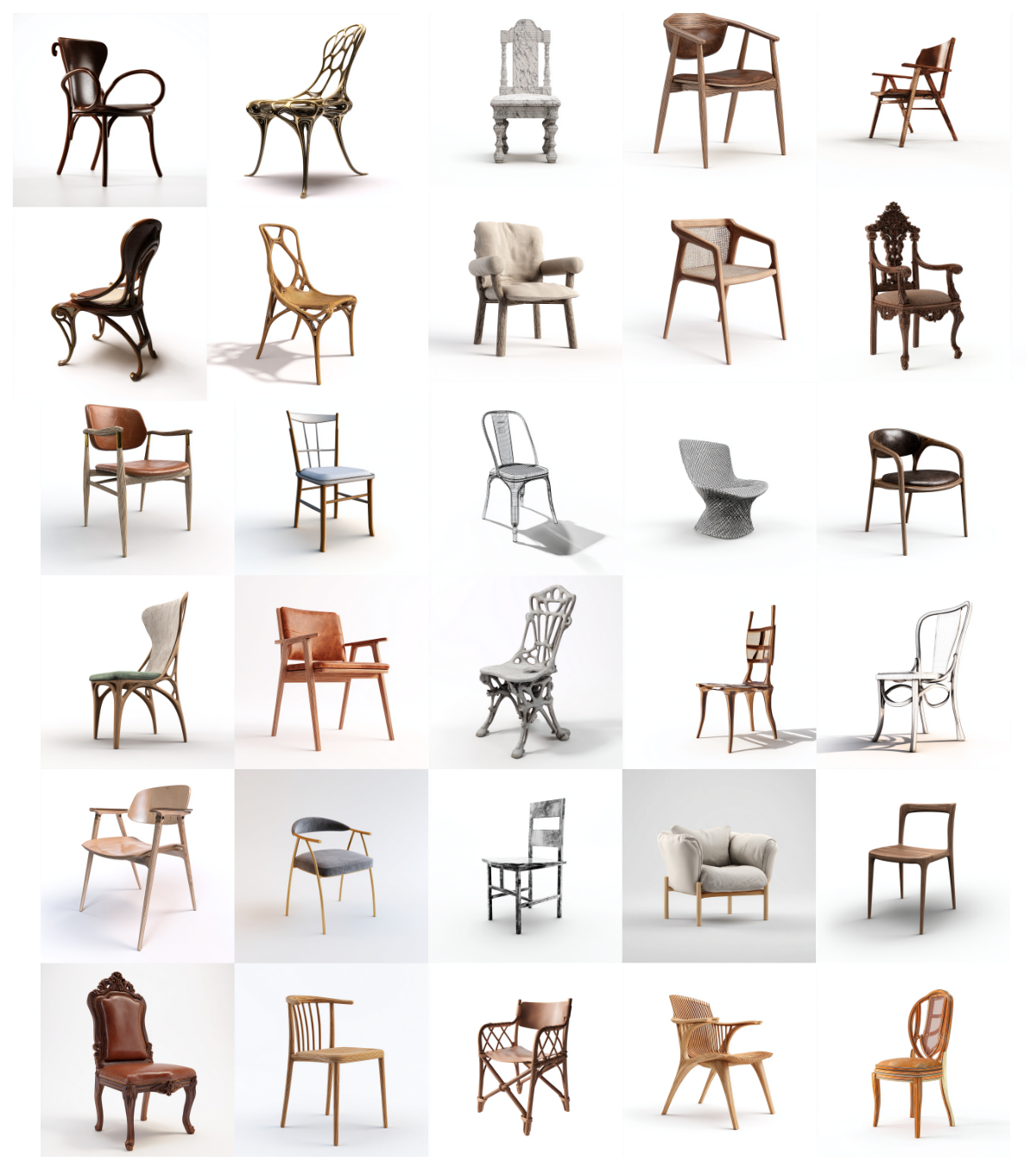We’d like to take the opportunity to introduce you to the Honorable mention winners of our "The Architect's Chair #3" competition – Sang Mook Lim and Minji Cho from United States!

Sang Mook Lim and Minji Cho
Please tell us about your company (when it was founded, where it is based, how many employees, etc) Alternatively, if you do not have a company, please give us some insights on your own professional/academia background.
Minjee graduated with an Industrial Design major at RISD and is now a graduate student at Parsons. Mook graduated with an Architecture major at RISD, was recently accepted to Harvard University Graduate School of Design for Urban Design, and is focusing on his individual architecture and interior projects.
Brief information about the projects that you/your company have been involved with. For instance, what scale have you focused on/preferred, any significant projects where the company/ individuals have been Involved?
Minjee: Throughout my career and educational background, I have focused primarily on small to medium scale projects, which allows me to develop a hands-on approach to design. I particularly feel deeply passionate about furniture design, especially chairs, as it has such a profound impact on our daily lives both on the space and the user experience. Focusing on smaller-scale projects allows me to pay more attention to the finer details, ensuring every part of the design serves a purpose. I feel that the opportunities and the challenges these tangible small-scale projects bring are more meaningful which excites me in creating designs that are both innovative and practical, exploring how material choices, ergonomics, and aesthetics enhance our everyday life.
Mook: I pursued the architectural intersection between human emotion and community through an architecture major at the Rhode Island School of Design (RISD). This education taught me to approach building design from the perspectives of both an architect and an artist. This dual perspective ingrained in me a core value of human-centered design that balances artistic creativity with functional purpose. The concentration on user experience with detail-oriented processes carried over into my professional career. I have specialized in small-scale architectural projects throughout my academic and professional experiences, I am now motivated to expand my design approach to the urban scale.
What does architecture mean to you and what is the role of an architect in your society?
Minjee: Architecture not only shapes the environment we live, work, and interact in but also brings a more beneficial impact on the community. A well-designed space influences the way we experience our surroundings and promotes a sense of well-being and belonging. For me, architecture means creating spaces that thoughtfully respond to human needs while inspiring connection, purpose, and possibility.
Mook: To me, architecture is more than the act of designing buildings—it's an emotional language that shapes how we live, feel, and connect with one another. I see architecture as a form of art that carries the power to move people. In my society, the architect’s role goes beyond aesthetics or functionality. Architects are responsible for creating spatial harmony—within individual spaces, across neighborhoods, and throughout cities. An architect doesn’t just build structures; he or she influences how people interact with their surroundings and each other. An architect’s work can spark new ways of thinking, shape social behaviors, and reflect the evolving identity of a place.
Why do you participate in architecture competitions?
We participate in architecture competitions to explore design as a tool for dialogue—between disciplines, between scales, and between people. Competitions allow us to step outside the constraints of professional practice and experiment freely with ideas that reflect the emotional and communal impact of design. Pursuing conceptual work that might not yet have been built in the world or re-designing the existing ideas encourages innovation, while still being grounded in real-world issues. Whether it's reimagining everyday objects like furniture, competitions push me to reflect on the evolving role of design in society and how it can meaningfully respond to change.
What advice would you give to individuals who struggle to decide whether it would be beneficial for them to participate in architecture competitions?
For those unsure about participating in architecture competitions, I would say: don’t see them as a test of winning or losing—see them as a space for growth. Competitions offer a rare chance to step away from practical constraints and engage with design in its most exploratory form. They allow you to challenge your assumptions, experiment with ideas, and collaborate across disciplines—all while tackling real-world issues through speculative design. Even if your proposal never gets built, the process itself sharpens your thinking and strengthens your voice as a designer. It can reignite creativity, refine your values, and help you understand what kind of work truly excites you. So if you're on the fence, start small, partner with someone whose perspective inspires you, and treat the competition as a learning opportunity—not just a result.
Top 3 Reasons Why You Should Enter Architecture Competitions
Curious about the value of architecture competitions? Discover the transformative power they can have on your career - from igniting creativity and turning designs into reality, to gaining international recognition.
Learn more



























